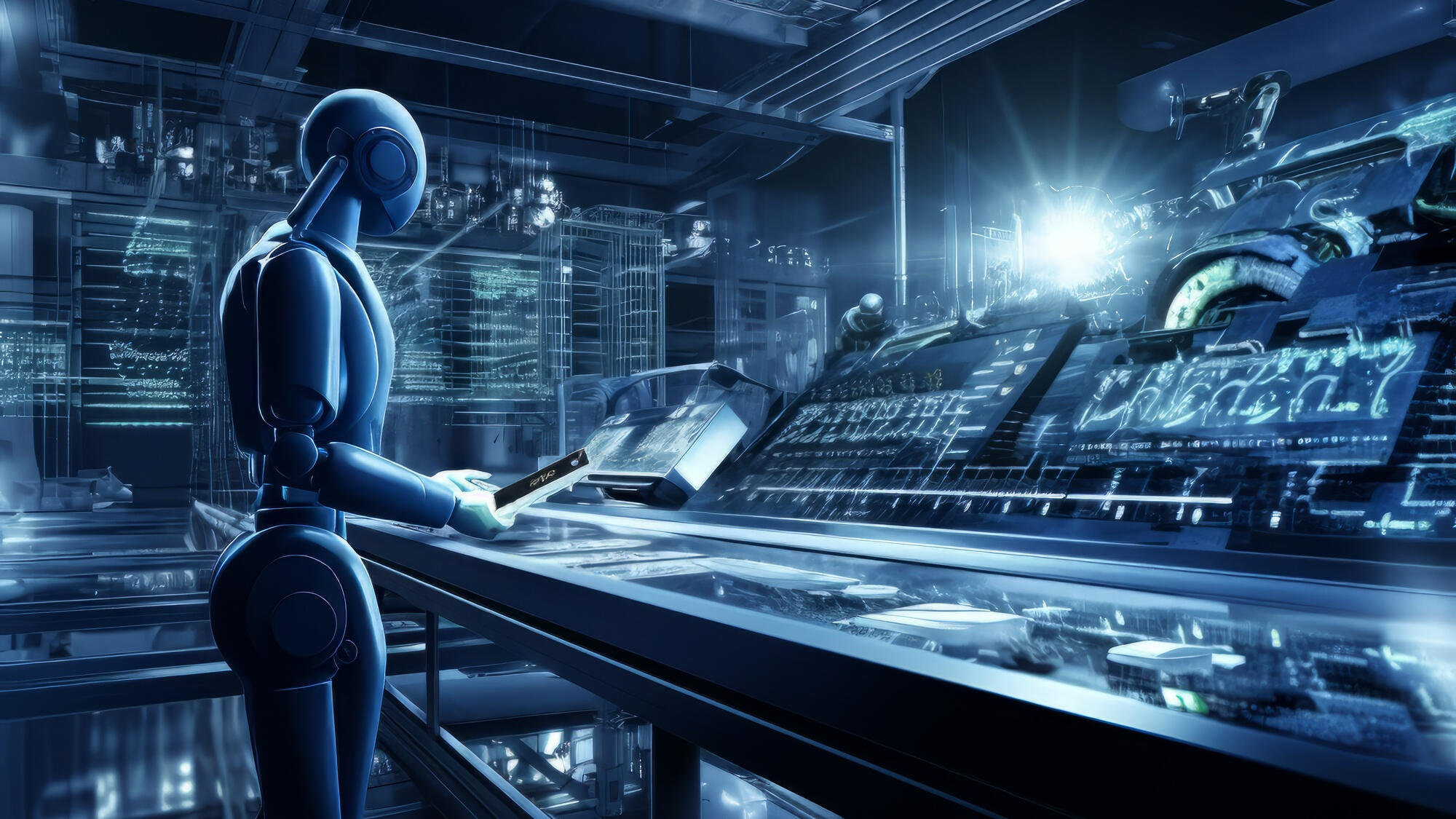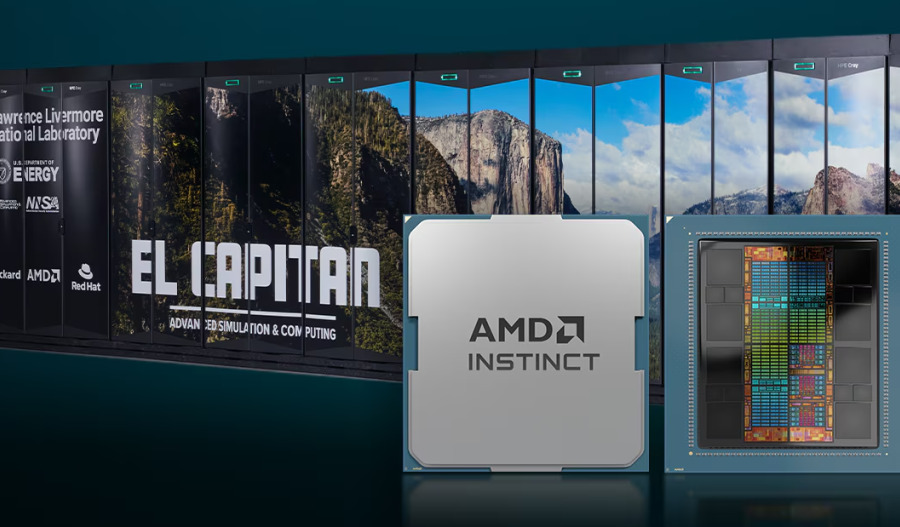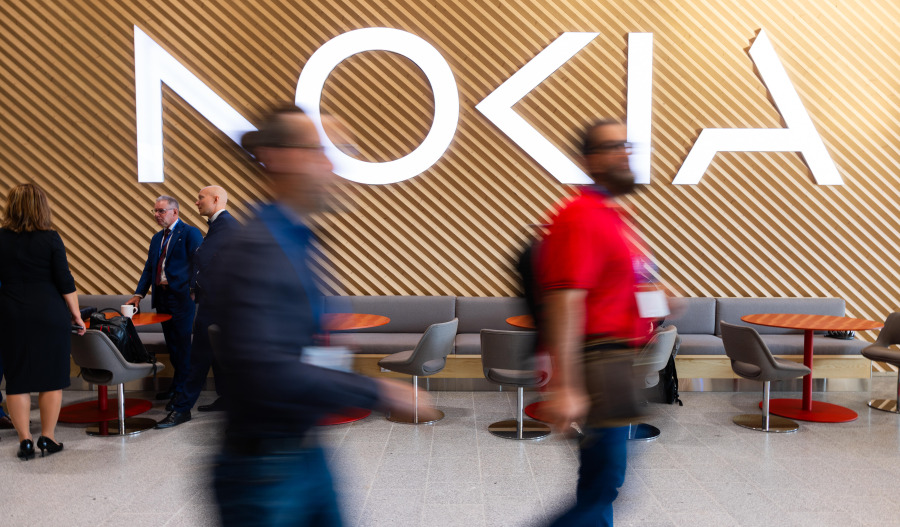NVIDIA and Oracle have inked a landmark collaboration to build seven supercomputers for the United States Department of Energy, including the world's largest AI supercomputer designed to “revolutionise scientific discovery and dramatically accelerate research productivity”.
The ‘Solstice’ system will feature a record-breaking 100,000 Nvidia Blackwell GPUs, while another system, Equinox, will include 10,000 Blackwell GPUs and become available in H1 next year.
Both supercomputers will be housed at Argonne National Laboratory and interconnected by Nvidia, delivering a combined 2,200 exaflops of AI performance.
What's an exaflop, you might ask? (we did…). Well, just imagine a billion people each holding a billion calculators. If they all hit the equal sign at the same time, they’d execute one exaflop.
"Together with Oracle, we're building the Department of Energy's largest supercomputer that will serve as America's engine for discovery, giving researchers access to the most advanced AI infrastructure to drive progress across fields ranging from healthcare research to materials science," Nvidia CEO Jensen Huang said.
These supercomputer systems aim to enable scientists and researchers to develop and train new frontier models and AI reasoning models for open science - scaled by Nvidia, which says will form the backbone of agentic AI workflows for scientific discovery.
"Winning the AI race requires new and creative partnerships that will bring together the brightest minds and industries American technology and science has to offer," U.S. Secretary of Energy Chris Wright said.
"The two Argonne systems and the collaboration between the Department of Energy, Nvidia and Oracle represent a new common sense approach to computing partnerships."
Super usefulness
Solstice will be built with DOE's new public-private partnership model, including industry investments and use cases, a mandate from the Trump Administration.
The announcement comes just one day on the back of the Department of Energy unveiled a separate US$1 billion AMD-powered supercomputer deal for Oak Ridge National Laboratory, signalling an aggressive push to diversify America's AI infrastructure across multiple chip suppliers.
The supercomputers will, in part, help the U.S. maintain and develop its nuclear weapons arsenal, while also being used to research alternative energy sources such as nuclear fusion.
Huang announced the collaboration at the company's GTC event in Washington, D.C., where he also revealed the company will build a total of seven new supercomputers for the U.S. Department of Energy and disclosed a whopping US$500 billion in bookings for its AI chips.
"Putting the weight of the nation behind pro-energy growth completely changed the game," Huang said.
"If this didn't happen, we could have been in a bad situation, and I want to thank President Trump for that."
Huang also addressed China's position, stating the Chinese government has shut Nvidia out of its market and that the company had not applied for U.S. export licences for its newest chips.
“They've made it very clear that they don't want Nvidia to be there right now,” he said.
"I hope that will change in the future because I think China is a very important market."
"The Equinox and Solstice systems are designed to accelerate a broad set of scientific AI workflows, and we are collaborating with Oracle and NVIDIA to prepare thousands of researchers to effectively leverage the systems' groundbreaking capabilities," said Paul K. Kearns, director of Argonne National Laboratory.
"At Oracle, we are proud to partner with the Department of Energy to deliver sovereign, high-performance AI capabilities," Oracle CEO Clay Magouyrk said.
Both AI supercomputers will support Nvidia, Argonne and DOE's research collaborations to develop agentic scientists.
Nvidia shares closed 5% higher at $201.03 on Tuesday, while Oracle shares closed at $281.40.



